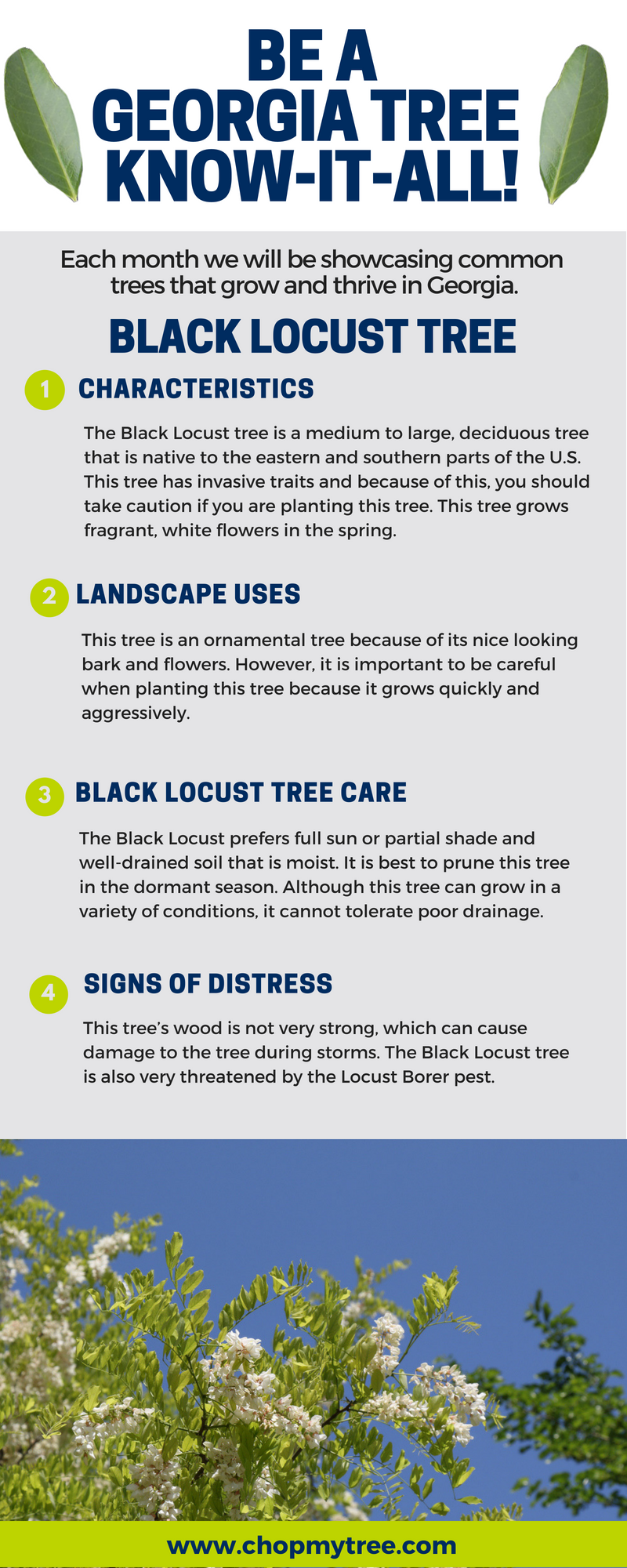Expect Necessary Indications That Show Your Tree May Be A Danger; Recognizing These Can Aid Protect Your Residential Or Commercial Property And Those You Care About.What Should You Watch On Next?
Expect Necessary Indications That Show Your Tree May Be A Danger; Recognizing These Can Aid Protect Your Residential Or Commercial Property And Those You Care About.What Should You Watch On Next?
Blog Article
Post By-Velling Goodman
When it pertains to tree care, identifying the indicators that it's time for elimination is essential for your security and home. You could notice discolored fallen leaves, wilting branches, or odd fungal developments showing health issue. Architectural problems, like a considerable lean or splits in the trunk, can likewise pose threats. Recognizing these warning signs can help you make informed choices regarding your trees and stop prospective dangers lurking in your yard. What should you try to find following?
Indicators of Decay and Condition
When you discover indications of degeneration and condition in your trees, it's crucial to act promptly. Look for discolored leaves, wilting branches, or uncommon developments like fungus. These can show that your tree is struggling.
If you see splits in the bark or soft, mushy wood, these signs and symptoms recommend interior decay. In addition, a sudden boost in parasites around your tree can signal that it's damaged and at risk.
Check for any dead or dying arm or legs, as they position a danger to your building and security. If you're uncertain about what you see, consulting an arborist can supply clearness.
Attending to these signs early can conserve you from a lot more substantial damages and make sure the health and wellness of your lawn. Don't wait up until it's too late.
Structural Instability and Leaning
As you observe your trees, keep an eye out for any indicators of architectural instability or leaning. If a tree leans substantially, it may indicate that the root system is endangered.
Try to find any kind of cracks in the trunk or soil around the base; these can signify potential failure. Additionally, check for unusual growth patterns, like an uneven crown, which might suggest that the tree is struggling to hold itself upright.
If you see that the tree leans toward your home, power lines, or other structures, it presents a better risk. Don't disregard these indications-- get in touch with an arborist to evaluate the situation.
Acting early can protect against costly damages and guarantee your safety.
Dead or Dying Branches and Foliage
If you notice dead or dying branches and vegetation on your tree, it's a clear sign that something's incorrect.
These harmful locations can indicate underlying problems like disease, bug infestations, or environmental stress and anxiety. When How To Prune Moringa Tree shed their fallen leaves or transform brownish, they're no more contributing to the tree's health and wellness. Ignoring why not look here might result in further decline, making your tree a lot more dangerous.
Dead branches can conveniently break short during tornados, posturing a risk to building and individuals nearby. It's vital to evaluate the extent of the damage.
If the issue influences a significant part of the tree, consider speaking with an expert. They can assist figure out if removal is needed to guarantee safety and security and preserve the beauty of your landscape.
Verdict
If you notice any indications of degeneration, architectural instability, or dead branches on your trees, do not ignore them. These signs can pose major safety risks to you and your residential property. It's constantly best to speak with a specialist arborist who can offer a professional analysis of your trees. Taking action early can prevent accidents and expensive damages, guaranteeing your landscape stays secure and healthy. Remember, it's far better to be proactive about tree care than to wait on a catastrophe to take place.
